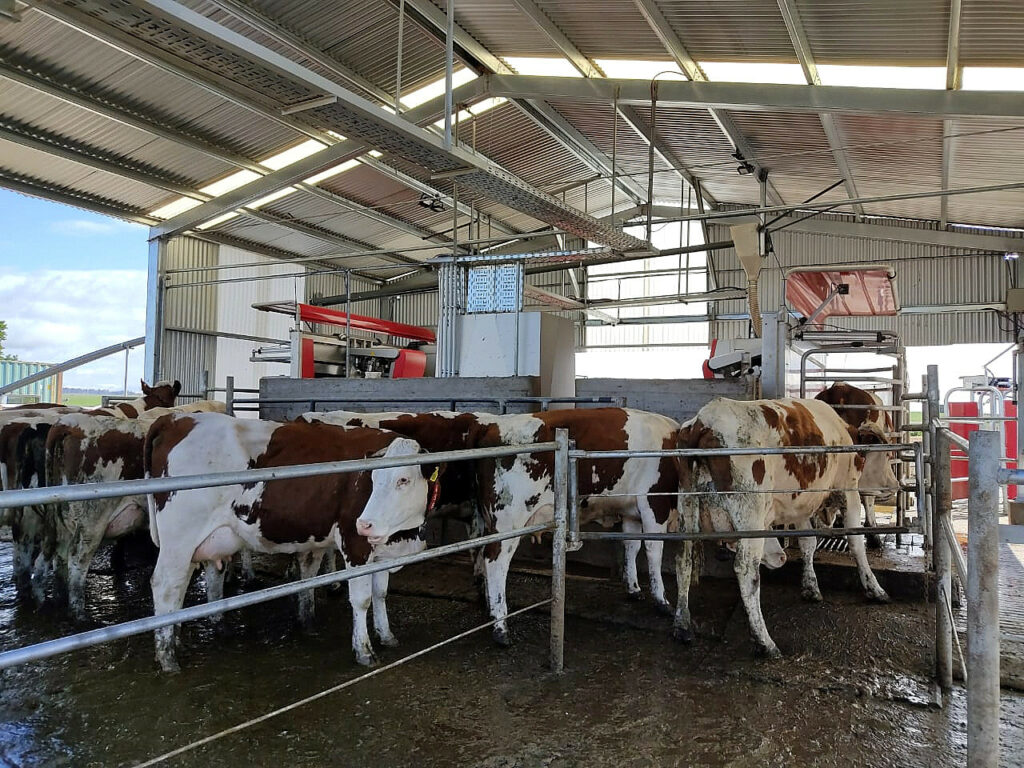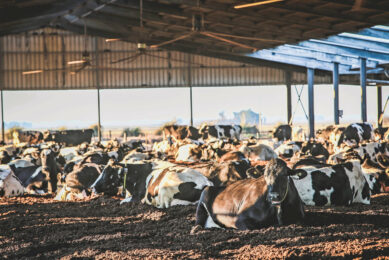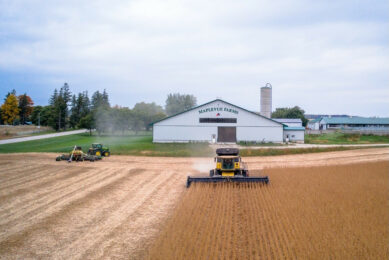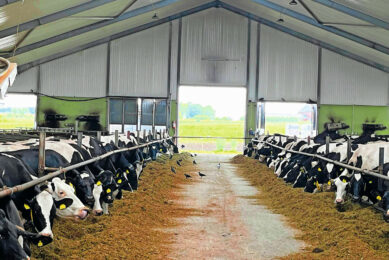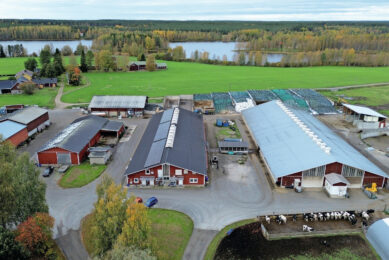Argentinian dairy farm aims to feed as much grass as possible
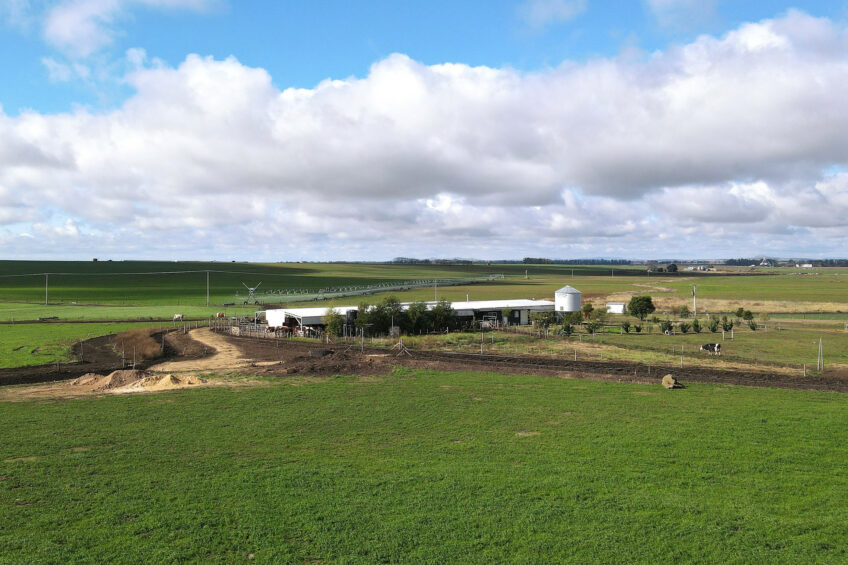
At El Rancho farm the cows are grazed outdoors all year round, including in the winter. The farm’s aim is to feed the cows with as much grass as possible because it is the most stable resource they have and the cheapest. Today, the farm extends to just over 1,000 ha with 650 Holstein Montbeliarde cross cows.
El Rancho farm, owned by Diego Baudrix, is located in Balcarce in the Buenos Aires province, and has been in his family since the early 1800s. Diego started milking just 25 Argentine Holstein cows by hand back in 1964, and first upgraded to a mechanised parlour in 1970. In 2018 the farm invested in 8 Lely Astronaut A5 robotic milking units and became the first robotic dairy farm in Argentina.
The farm, which now extends to just over 1,000 ha with 650 Holstein Montbeliarde cross cows, is managed by Ignacio Sala, a veterinarian who has worked there for the past 6 years.
“Our average yield for cows with over 2 lactations is around 9,000 kg with 3.7% butterfat and 3.7% protein,” Sala says. “For first lactation cows the average is 6,800 kg with the same milk solids. Cows are visiting the robots on average 2.2 times per day.”
Breeding cows that eat a lot of grass
For the past 14 years the farm has been using Montbeliarde bulls to breed out the original Holstein cows, in order to reach a purebred Montbeliarde herd. “We have achieved 80% of that goal and now we are starting to use Holstein semen again, along with the Montbeliarde semen. The idea is to maintain a purebred Montebeliarde herd of about 300 cows,” Sala explains. “Half of that herd is going to be bred with Montbeliarde genetics and half with Red Holstein. This way, in a couple of years, we will be milking 300 pure Montbeliarde cows and 330 Montbeliarde Holstein cross cows.”
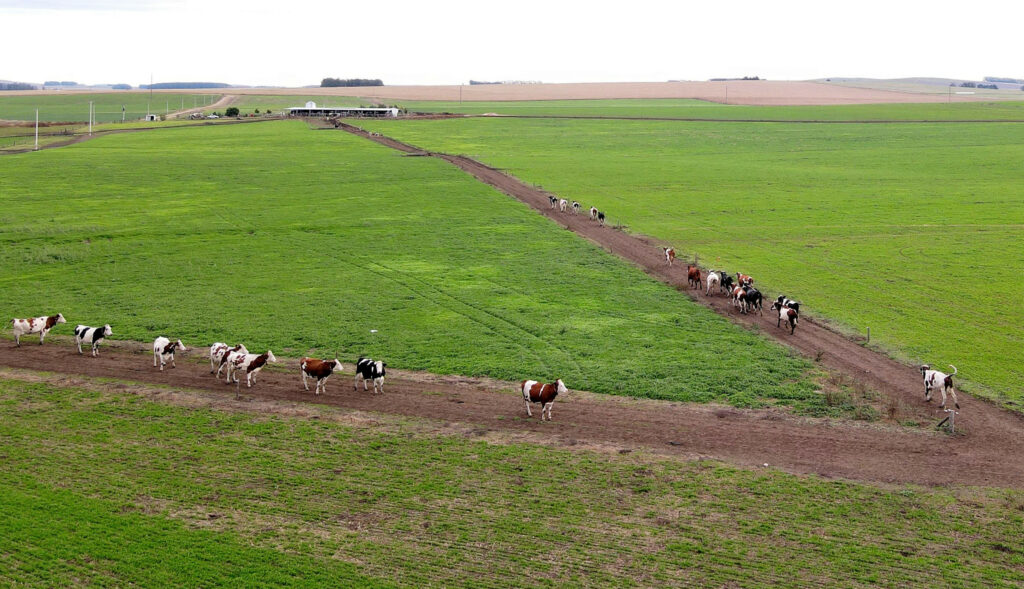
“The reasoning behind this breeding strategy is because we want to profit from the advantages we have found with the F1 cows, hybrid 50% Holstein and 50% Montebeliarde, over these last few years. The hybrids will be bred with beef semen so as to sustain the herd breeds split,” says Sala. “Our goal is to have cows well adapted to our production system, so the traits we pay attention to the most are longevity, fertility, rusticity and the ability to eat large amounts of grass.”
Grazing outdoors and fed by robots
The cows are grazed outdoors all year round, including in the winter as the rain mostly falls in the spring and summer periods. Around 670 followers are also on the farm, that graze the pastures, supplemented with silage and concentrates if required. All heifers are bred with AI genetics and surplus pregnant heifers are sold each year.
The cows consume 22.5 kg of dry matter per day including 12.5 kg grass, 6 kg ration fed via the robots, and remainder mainly maize silage and alfalfa hay, along with soybean, wheat, and corn if needed.
“The robots feed each cow 0.215 g of ration per kg of milk produced. The amount of grass fed to the cows is not the same throughout the year. We reach a maximum of 17 kg dry matter during spring and a minimum of 5 kg during winter,” Sala says. “Silage and hay are fed to the cows in the same paddock they are grazing. Only during the coldest month of the year we may have to buffer feed them with fodder.”
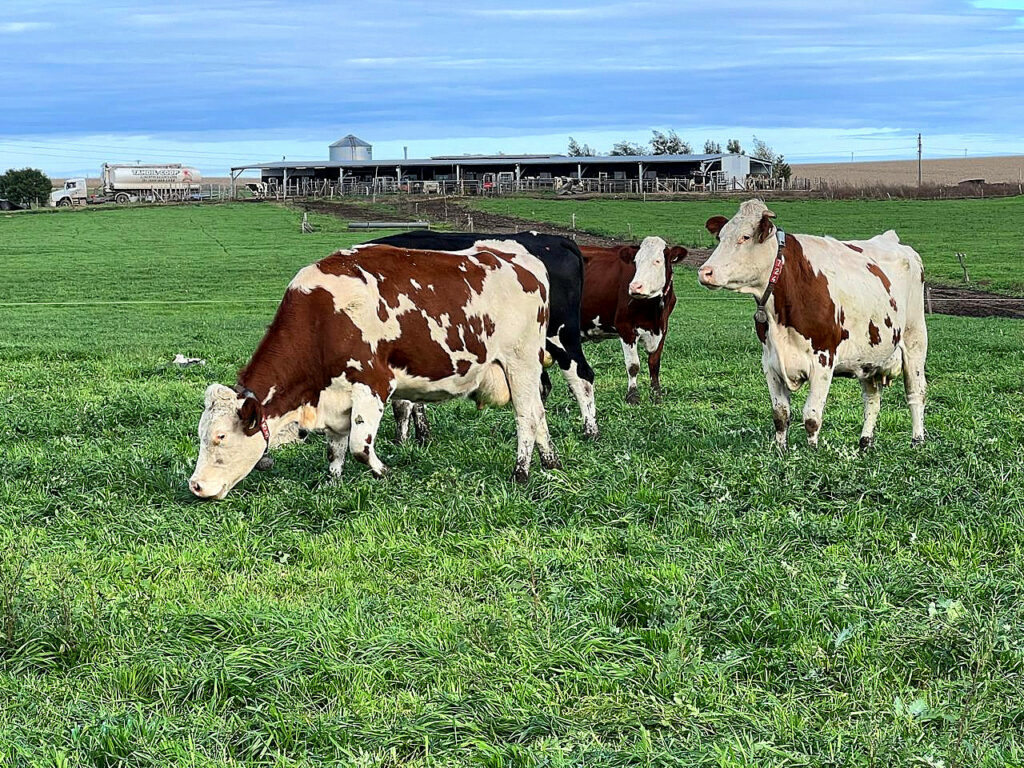
Staff and cents per litre
“In terms of staff numbers, we have 5 people working with the milking cows, and 3 with the dry cows, prepartum cows and calves,” says Sala. “One person operates the tractor and mixer wagon, and one works with the heifers.”
He continues: “Right now we are getting paid around 42 dollar cents per litre. It’s a good price compared with what we were getting few months ago, when it was just 13 dollar cents. However, costs are really high at the moment. The milk is sold to a big company called La Serenisima. In most cases, milk price is based on quantity, with very little influence from the milk solids.”
Fueling farm efficiency towards resilience
In the future, Sala intends to make every process on the farm more efficient, to try and boost profits, and without expanding the herd. “The main goal of the farm is to create a system as resilient as possible, a system with the ability to overcome climatic, political and economic changes with few negative impacts and with the ability to recover fast.”
Sala says that the reason they aim to feed the cows with as much grass as possible is because the team believes strongly that it is the most stable resource they have, and also the cheapest one.
“At the same time, by milking 50/50 crossbred cows we intend to increase milk production and total milk solids. We expect our heifers to go from 6,800 kg of milk per lactation to 7,800 kg of milk, and our cows to reach 10,000 kg of milk per lactation. Simultaneously, we are increasing our stock rate to 2.2 cows per hectare. That means we will be producing around 1,600 kg of milk solids per hectare and per year,” says Sala.
